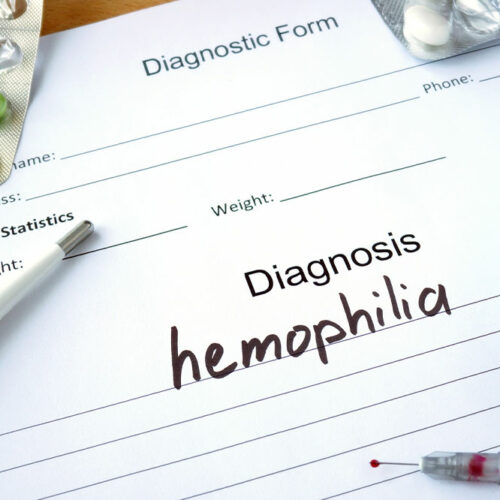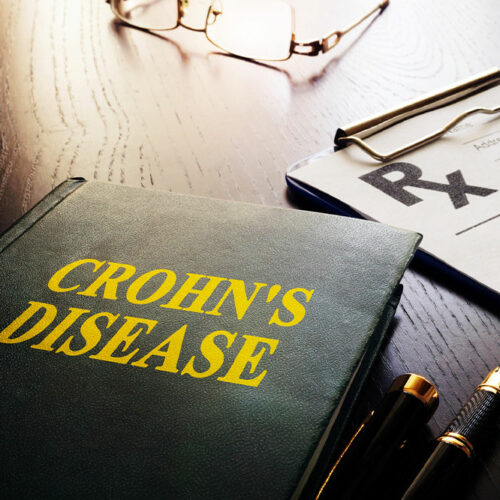Nasal polyps – Symptoms, causes, and management

Nasal polyps are painless sac-like growths that develop inside the inner lining of the nose. Sometimes, these also form on the hollow areas known as sinuses within the bones of the face. Polyps may even develop in areas close to the cheekbones and the eyes. Usually, these growths are benign and differ in size. The smaller ones do not cause any symptoms, while the larger ones may block the nasal airways and sinuses. Symptoms of nasal polyps In most cases, nasal polyps occur due to irritation and swelling inside the nose and the sinuses. This inflammation can last over 12 weeks and is generally called chronic sinusitis. However, it is not necessary that chronic sinusitis always causes nasal polyps. In fact, those with quite small polyps might not even know they have the condition. It is only when the polyps are large or too many that symptoms start to show up. Some common symptoms of nasal polyps are as follows: Blocked nose Runny and stuffy nose Mucus running down the throat, also known as postnasal drip Not being able to smell Facial pain or headache Pain in the teeth Inability to taste A sense of pressure over the forehead and face Snoring Nose bleeds Itching around the eyes When to consult a healthcare practitioner Most symptoms of nasal polyps and chronic sinusitis are similar to other respiratory health problems such as common cold and flu.






